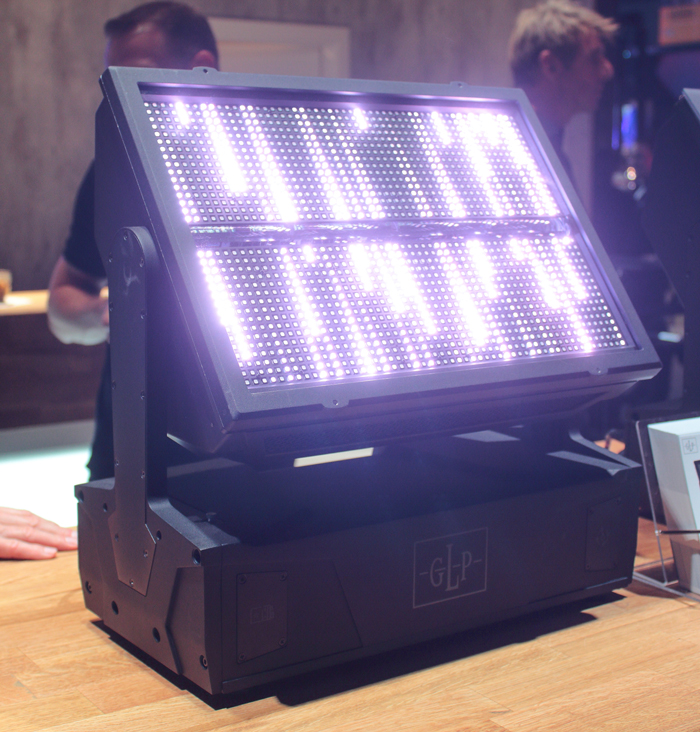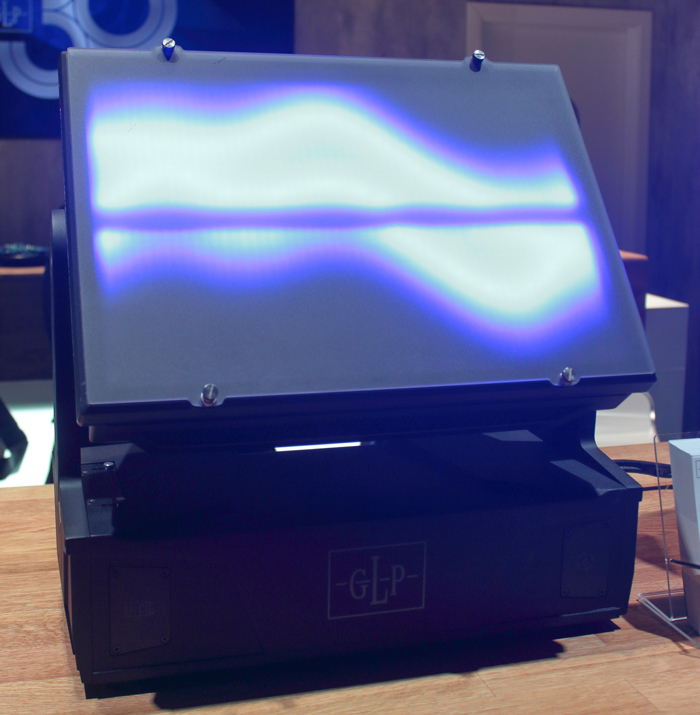A new generation version of the famous JDC1 appears in the German Light Products catalog. We find out about it in detail with Greg Westwood, product specialist for GLP.
A great success established in service provider equipment lists all across the globe, the JDC1 now shares the spotlight with its little brother logically called JDC2 IP. Small, not so much because the head of the fixture has seen its dimensions almost double.

Speaking of its appearance and stats, it proudly has an IP65 rating and will therefore be able to follow you indoors and outdoors.
If we delve a little deeper into its technical data, we find out that its central line now has 84 10 W white LEDs (in other words, it’s awesome!).
This central bar is surrounded by 1728 SMD LEDs and can be controlled in several ways, which constitutes one of the major developments of this new version.
Using DMX and/or network, the fixture will occupy a maximum of 128 parameters to control segments of the LED matrix. One of the fixture’s modes also allows it to be 100% compatible with the JDC1 and therefore to interchange them at will!
The JDC2 IP integrates a new effects generator called DigiFX which uses the motherboard’s 3D-oriented dual-core processor to create a multitude of graphic visuals using each of the small SMD LEDs for very precise and fine-tuned renderings (and easily accessible via macros), almost worthy of an LED screen. While we’re on the subject, this 1,025 cm² pixel matrix can also be used as video support since the fixture can receive video streams in NDI via the Ethercon connector.

Its head, still motorized in tilt, is equipped with a new protective glass specially treated to eliminate as much as possible unwanted reflections coming from other sources.
The device is also equipped with the GLP iQ Mesh wireless network accessible from a smartphone, the redundancy of which is automatically generated between the fixtures, it can also optionally be equipped with a CRMX Lumen Radio wireless module.
A small additional perk, the head can receive many accessories, we had the demonstration with a diffuser filter whose rendering suggests the patterns generated by the sources with a little more softness.
The first units of this half-strobe, half-pixel hybrid available for shipping by the end of March.
For more information on the GLP website







